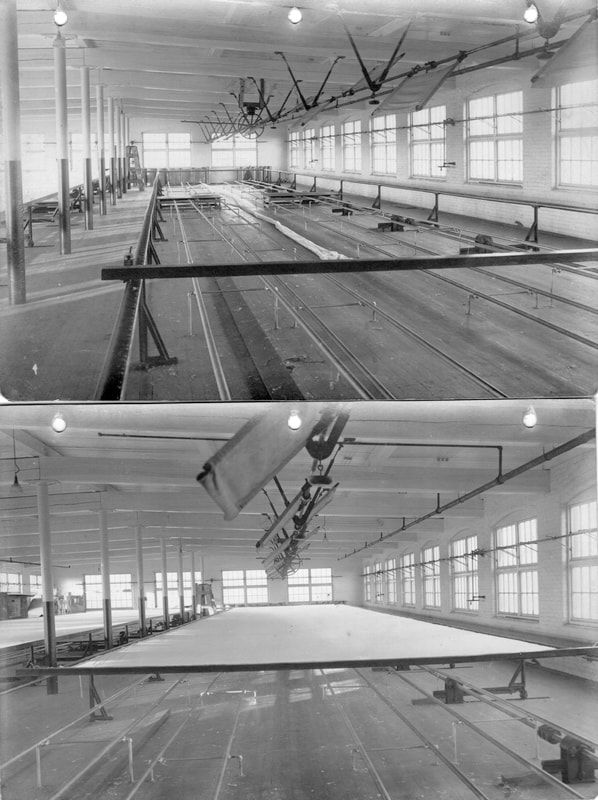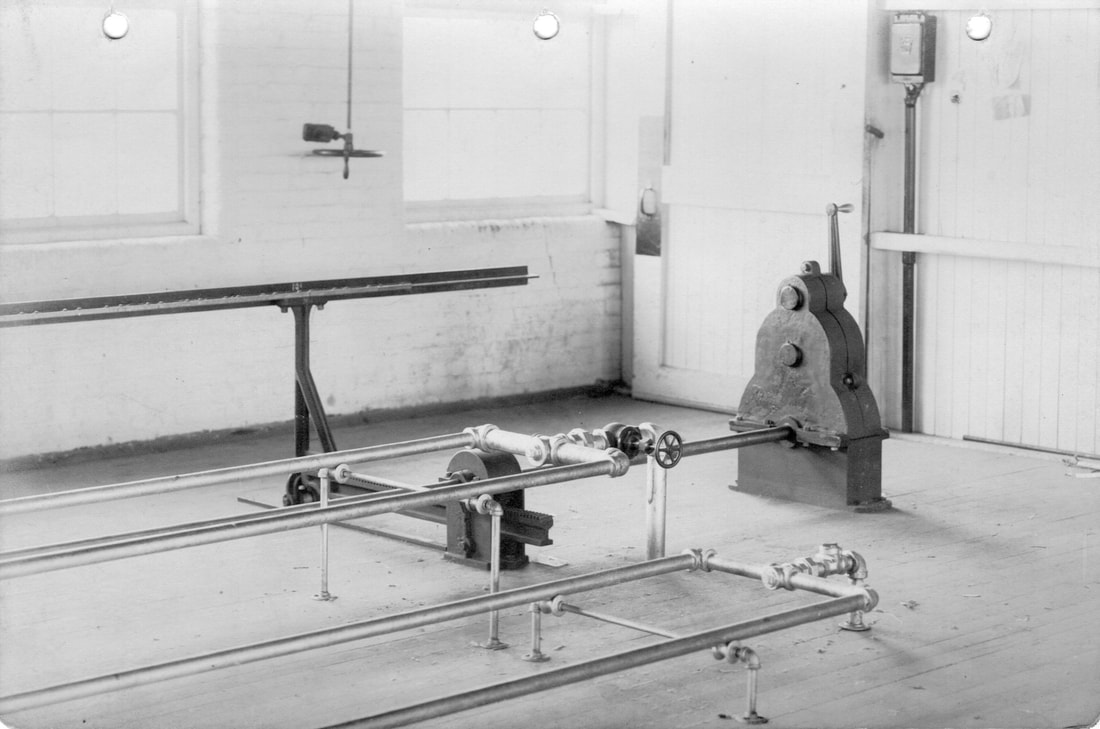|
Greetings my fellow history lovers! The holidays are fast approaching, and you know what that means - family, food, high school football rivalries, and of course college and professional football as well. Oh! I nearly forgot that other popular after feasting activity, napping! Whatever your day holds this year, I wish you a Happy Thanksgiving!
Thanksgiving also kicks off the holiday shopping season. Guess where I'll be on Black Friday? Right here at the Museum where you will be able to find unique Easton gifts! Put us on your list of places to shop, and while you are doing that, remember to shop our many local shops for great gifts. When you shop locally, you support the businesses and people who are part of our community and who give back to our community in many ways. Thank you for supporting the Shaws Supermarket Give Back Where It Counts program! Thanks to your purchase of a reusable bag, we will receive a donation of $86 from Shaws. Members Ken and Gloria Nykiel made a generous matching donation which is very much appreciated! As we continue to take a look at the products manufactured by the Easton Machine Company to support the lace making industry in the United States, it is important to note that prior to mechanizing these processes, lace making was labor intensive and expensive. The machinery produced in Easton for the lace making industry helped to make lace more affordable for everyone. Cotton fiber, like most natural materials, needs treating to get a nice look to it. That treatment may include bleaching to whiten the material, or dying to impart color to a material. When either treatment is applied to a fabric, that fabric must be properly dried before it can be readied for use or sale. The Easton Machine Company made improvements to the age-old process of hand stretching fabric on a frame for drying. Their improved lace drying frames used special needles placed along opposite rails to delicately hold the lace, but allow for stretching the fabric to properly dry. One important innovation by the Morses was a gear driven mechanism that would gradually separate the frame rails to stretch the fabric. A few turns of a handle from either end of the frame produced the desired result, saving the labor of several people on each side manually pulling individual sections to get the right tautness when stretching the material to be dried. The Easton Machine Company frame was sold according to the largest needed size and could easily be adjusted to fit varying sizes of finished sheets of fabric, allowing any lace manufacturer the flexibility to produce different sizes of fabric sheets without having to purchase several different frames. Pictured here is one of the frames in its unused state (note the long lace fabric in the floor ready to be stretched), and a photo of the frame in use. Note also the apparatus in the ceiling. These "wafters" were also produced by the company, and they provided air flow to help dry the fabric below. Another image shows the gearhead used to do the adjusting. Pipes along the floor probably supplied heat by hot water to help dry the fabric. As a side note, space was needed to produce these frames, and the old mill used to manufacture machinery was too narrow and small to provide the space to build these frames. It was also being used to build the Morse car as well as repairing other makes of cars. The growth of the lace-making machinery business brought about the need for a better facility, so in 1912 Mill #2 was completed. We know it better at the Crofoot Gear building on Central Street, nearly opposite the old Mill #1 building. The photos of these lace drying frames were taken inside that new plant. Look for information on our Black Friday sales early next week! Wishing you all a Happy Thanksgiving, Frank
0 Comments
Your comment will be posted after it is approved.
Leave a Reply. |
Author
Anne Wooster Drury Archives
June 2024
Categories |
Easton Historical Society and Museum
PO Box 3
80 Mechanic Street
North Easton, MA 02356
Tel: 508-238-7774
[email protected]


